NASA's HoloLens project has its wings clipped
Elon Musk's rocket detonates after launching to deliver HoloLens to ISS
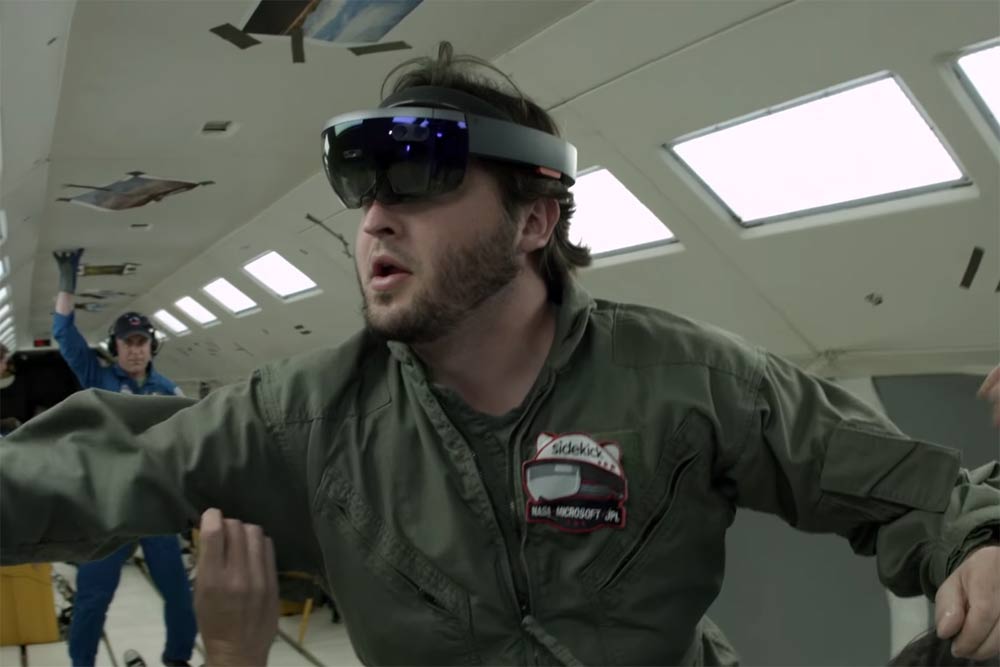

One small step for man, one giant flop for Microsoft: the company's HoloLens headset is remaining earthbound.
Two of company's prototype augmented reality deviceswere due to be sent to the International Space Station (ISS) last Sunday as part of a NASA programme to help train astronauts.
Elon Musk's SpaceX firm was scheduled to send the devices up as part of a resupply mission via one of its Falcon 9 rockets.
However, the unmanned rocket's launch was unsuccessful, detonating 19 seconds after lift-off.
Following an initial tweet from the company, Musk said: "Falcon 9 experienced a problem shortly before first stage shutdown. Will provide more info as soon as we review the data."
The cargo module, codenamed Dragon, is as yet unrecovered, and there are hopes that it remains intact.
The resupply is regarded as a low priority, as the ISS astronauts have enough supplies to last until September.
Get the ITPro daily newsletter
Sign up today and you will receive a free copy of our Future Focus 2025 report - the leading guidance on AI, cybersecurity and other IT challenges as per 700+ senior executives
It is unknown whether a replacement set of HoloLens headsets will be sent up with the next rocket.
The first set of devices were primarily to be used to verify that the devices are fit for the ISS's purposes, with the hardware and software put through its paces.
Later in the year, a second pair of HoloLens headsets would join them, which would then be tested as part of the Sidekick programme.
The Sidekick project aims to "enable station crews with assistance when and where they need it", and functions in a similar way to the demos seen at the official launch of HoloLens.
Sidekick comprises two modes. Firstly, Remote Expert Mode, which uses Skype to provide ground operators with a real-time feed of what the astronaut is seeing.
They can then issue guidance and draw annotations on the HoloLens display, navigating crew members through complicated procedures that would previously have to be described remotely.
The second element is Procedure Mode, which overlays certain machinery and operations with "animated holographic illustrations" to provide explanations and instructions.
NASA hopes the project will help speed up training time for new crew members, as well as improving efficiency overall.
HoloLens was tested on NASA's Weightless Wonder C9 jet (also known as the 'Vomit Comet') ahead of last week's launch.
It is also hoped, however, that HoloLens's remote assistance capabilities will be an asset in future interstellar exploration efforts.
ISS program director Sam Scimemi said: "HoloLens and other virtual and mixed reality devices are cutting edge technologies that could help drive future exploration and provide new capabilities to the men and women conducting critical science on the International Space Station.
"This new technology could also empower future explorers requiring greater autonomy on the journey to Mars."
Project leaders hope that Hololens will be in full use aboard the ISS by the end of the year, but the announcement also raises interesting questions about the readiness of the device for consumer markets.
If Microsoft feels comfortable sending the product into space, it could be possible that HoloLens will be ready for a consumer launch not too long after Windows 10's July 29release.
Adam Shepherd has been a technology journalist since 2015, covering everything from cloud storage and security, to smartphones and servers. Over the course of his career, he’s seen the spread of 5G, the growing ubiquity of wireless devices, and the start of the connected revolution. He’s also been to more trade shows and technology conferences than he cares to count.
Adam is an avid follower of the latest hardware innovations, and he is never happier than when tinkering with complex network configurations, or exploring a new Linux distro. He was also previously a co-host on the ITPro Podcast, where he was often found ranting about his love of strange gadgets, his disdain for Windows Mobile, and everything in between.
You can find Adam tweeting about enterprise technology (or more often bad jokes) @AdamShepherUK.
-
 The Race Is On for Higher Ed to Adapt: Equity in Hyflex Learning
The Race Is On for Higher Ed to Adapt: Equity in Hyflex LearningBy ITPro
-
 Google faces 'first of its kind' class action for search ads overcharging in UK
Google faces 'first of its kind' class action for search ads overcharging in UKNews Google faces a "first of its kind" £5 billion lawsuit in the UK over accusations it has a monopoly in digital advertising that allows it to overcharge customers.
By Nicole Kobie
-
 Has Lenovo found the ultimate business use case for smart glasses?
Has Lenovo found the ultimate business use case for smart glasses?Opinion Lenovo’s T1 smart glasses offer a virtual desktop that only you can see
By Bobby Hellard
-
 Virtual striker: Using VR to train Premier League stars
Virtual striker: Using VR to train Premier League starsCase Studies How one company is taking VR out of the boardroom and into the locker room
By Adam Shepherd
-
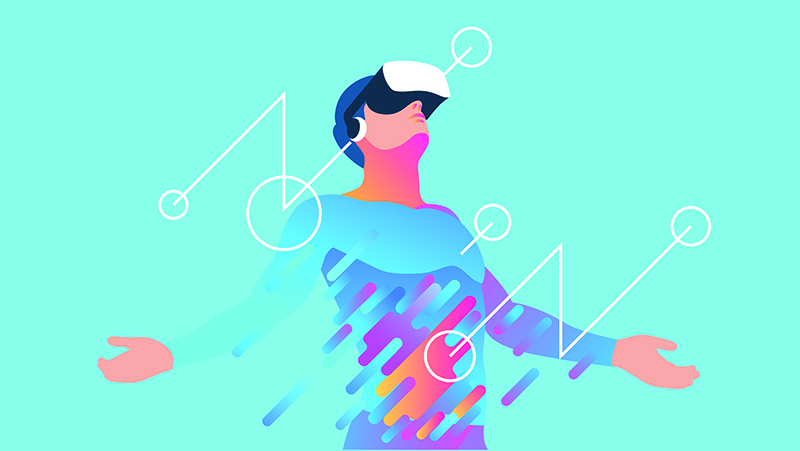 NeuPath and Cynergi will bring VR therapy to chronic pain management
NeuPath and Cynergi will bring VR therapy to chronic pain managementNews NeuPath will integrate Cynergi’s VR program with its remote pain management platform
By Praharsha Anand
-
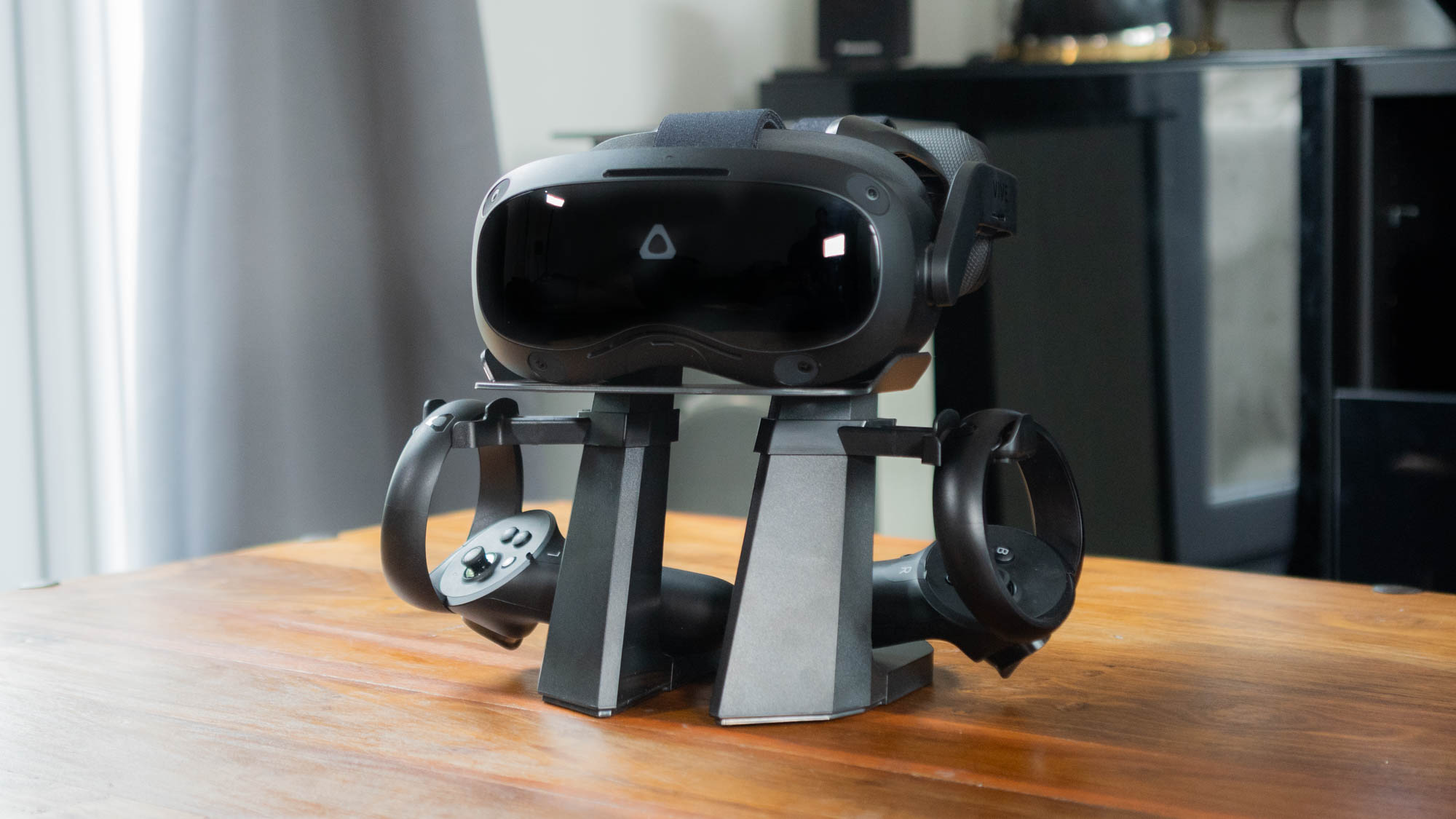
 HTC Vive Focus 3 review: The future of VR is here
HTC Vive Focus 3 review: The future of VR is hereReviews This smart and stylish headset is a leap forward for the technology
By Adam Shepherd
-
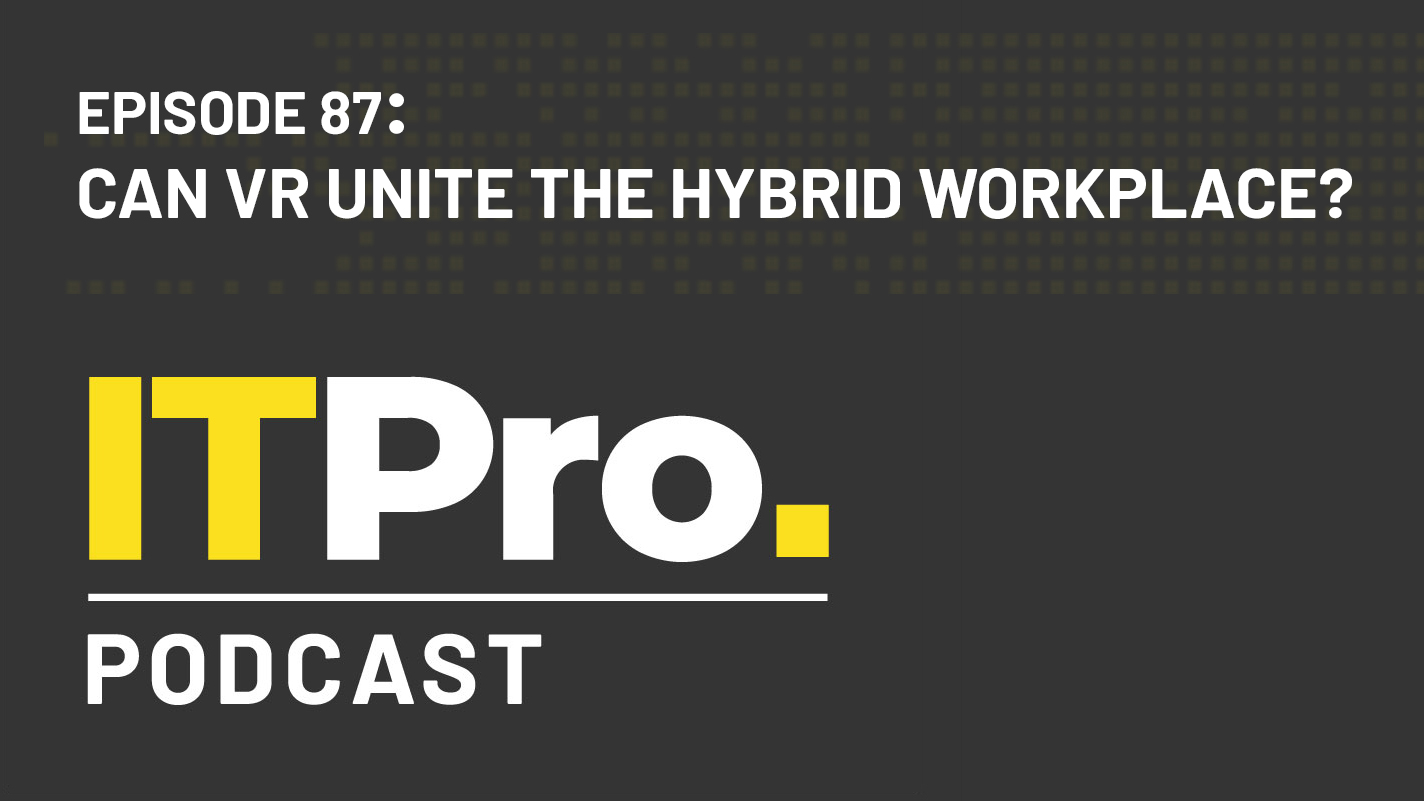 The IT Pro Podcast: Can VR unite the hybrid workplace?
The IT Pro Podcast: Can VR unite the hybrid workplace?IT Pro Podcast How one company is using virtual reality to bring its staff together
By IT Pro
-
 HTC launches new business-focused VR headsets
HTC launches new business-focused VR headsetsNews Vive Pro 2 and Vive Focus 3 include 5K resolution, larger field of view, and business management tools
By Adam Shepherd
-
 The IT Pro Podcast: Will VR ever be mainstream?
The IT Pro Podcast: Will VR ever be mainstream?IT Pro Podcast Despite years of development, VR is still a niche technology
By IT Pro
-
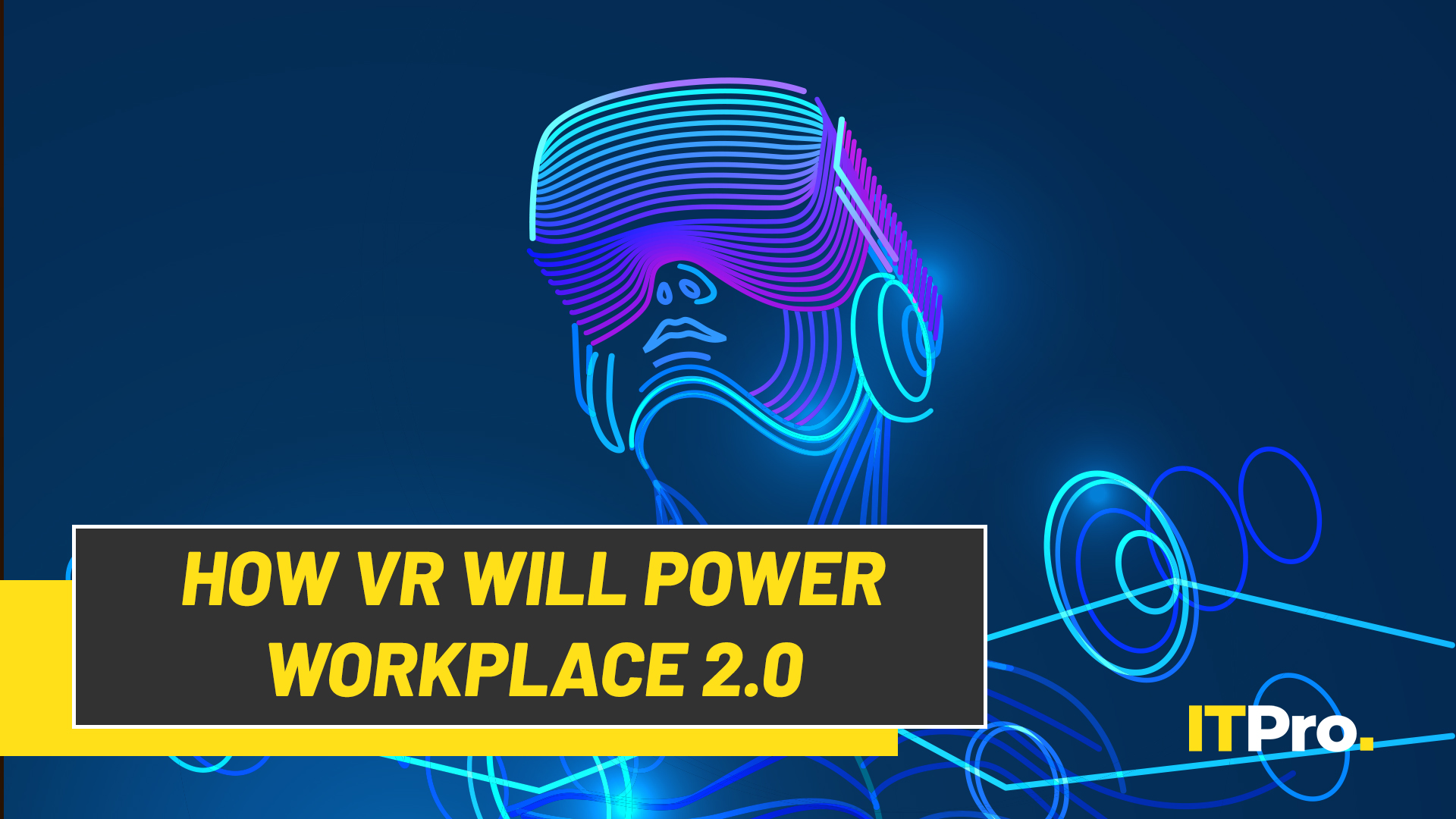 IT Pro Live: How virtual reality will power Workplace 2.0
IT Pro Live: How virtual reality will power Workplace 2.0Video The office of the future might not be a physical office at all
By IT Pro